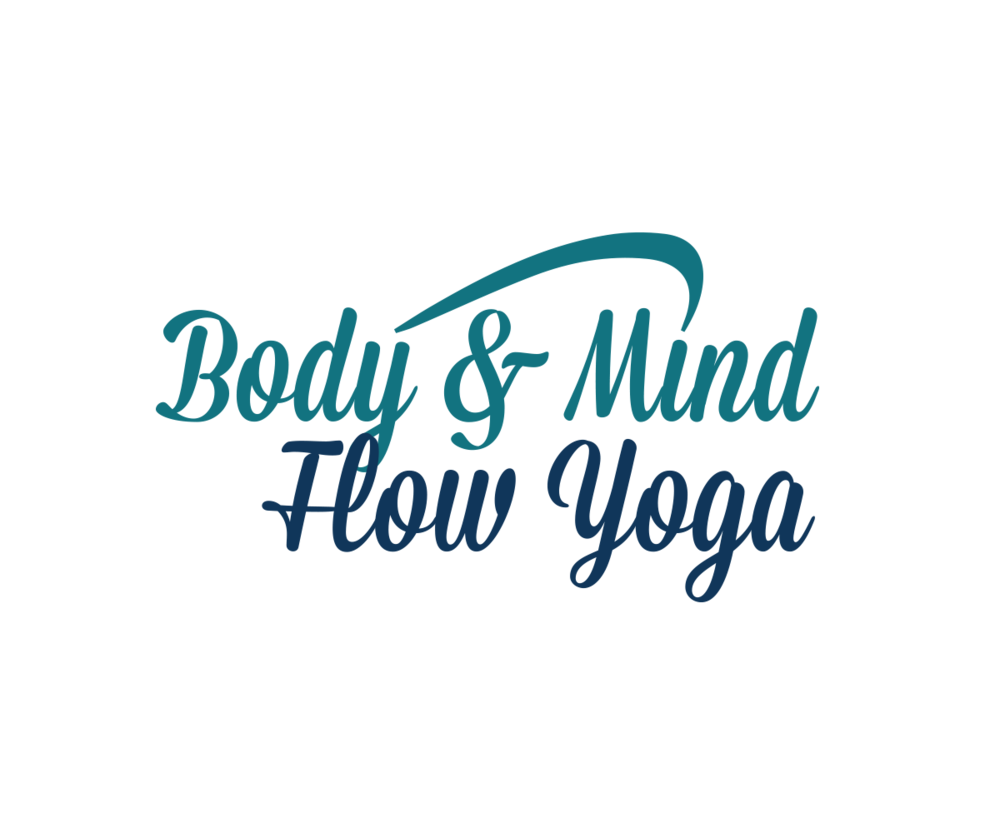After a pregnancy yoga chat this week, it seemed like many people weren’t aware of the ways in which a supportive birth partner can be truly a wonderful thing. And my partner certainly didn’t know how to help on the first time around. The second time he was truly brilliant. So with no further ado, here’s what your birth partner CAN do.
BE KNOWLEDGEABLE. Know what you both want / would like in terms of a birth. Know if she absolutely does not want something (eg pethidine). Know the principles of hypnobirthing if this is what she wants to do. Know whether she’s allergic to something. Know when she last went for a wee / last ate something. The birth partner can then feed this information to the ever changing staff without mum having to try to concentrate in the middle of a contraction. Why does it matter when she’s been for a wee? Because a full bladder can stop a baby coming out. A quick catheter and an empty bladder and then whoosh, 20 mins later our baby came out.
MEDIATE. Most birthing women are not at their most patient / communicative. A birth partner can smooth many difficulties. For example, I found a student midwife deeply irritating and muttered “get her out of here before I punch her” and he was able to find a better way to ask her to attend a different birth / step back and observe. Equally, when the midwife wanted me to sit and I didn’t feel able to, he was able to find a compromise that worked for her needs (my spine needed to be vertical for an epidural top up) without me needing to sit on my most painful part. Some women are silent labourers and midwives can sometimes not realise that the woman is as advancing in her birth as she’s not being vocal. A birth partner can diplomatically remind the midwife that she’s a quiet person but if she says she feels the baby is coming, that means the baby is coming. Ask the midwife to examine her to see what progress has happened.
BE PRACTICAL. Birthing women often forget to eat / drink and can run low on energy as a result. Women also lose track of time in labour. My partner reminded me that I was flagging and that I needed to eat something to get through it as I hadn’t eaten in four hours. Better to eat little and often then wait until you totally flag (if you’re a cyclist, you’ll know the expression “bonking” - better to eat before you bonk. This applies in labour too).
REASSURE. Some women like massage. Some need a hug in the middle of a long night. Some like reassuring chat. Some want to be left alone. Check in with her regularly as her wants / needs will change. You’ll need to be thick skinned as you will probably be told to get lost at some point. Please don’t take it personally. At some point (often at transition, just before the pushing starts), most women feel like they can’t do it. This is your point to look her in the eyes and say that '“yes you CAN”. Tell her she’s doing well.
ADVOCATE. When you’ve been waiting for two hours for something (an epidural, a meal, the hearing test for your new born), go and (nicely) ask where it is. Query choices with doctors for reasons why they’re recommending something, especially if it’s something she has said she didn’t want. Ask if there are alternatives. There are many routes through birth and you may be able to find compromises that better suit your family. Doctors and midwives are hardworking and have your best interests at heart but the NHS is oversubscribed and sometimes compromise or a gentle chivvy are needed.
Have I missed anything? Do please chip in - anything to help partners be more helpful and mums have a smoother birth!









